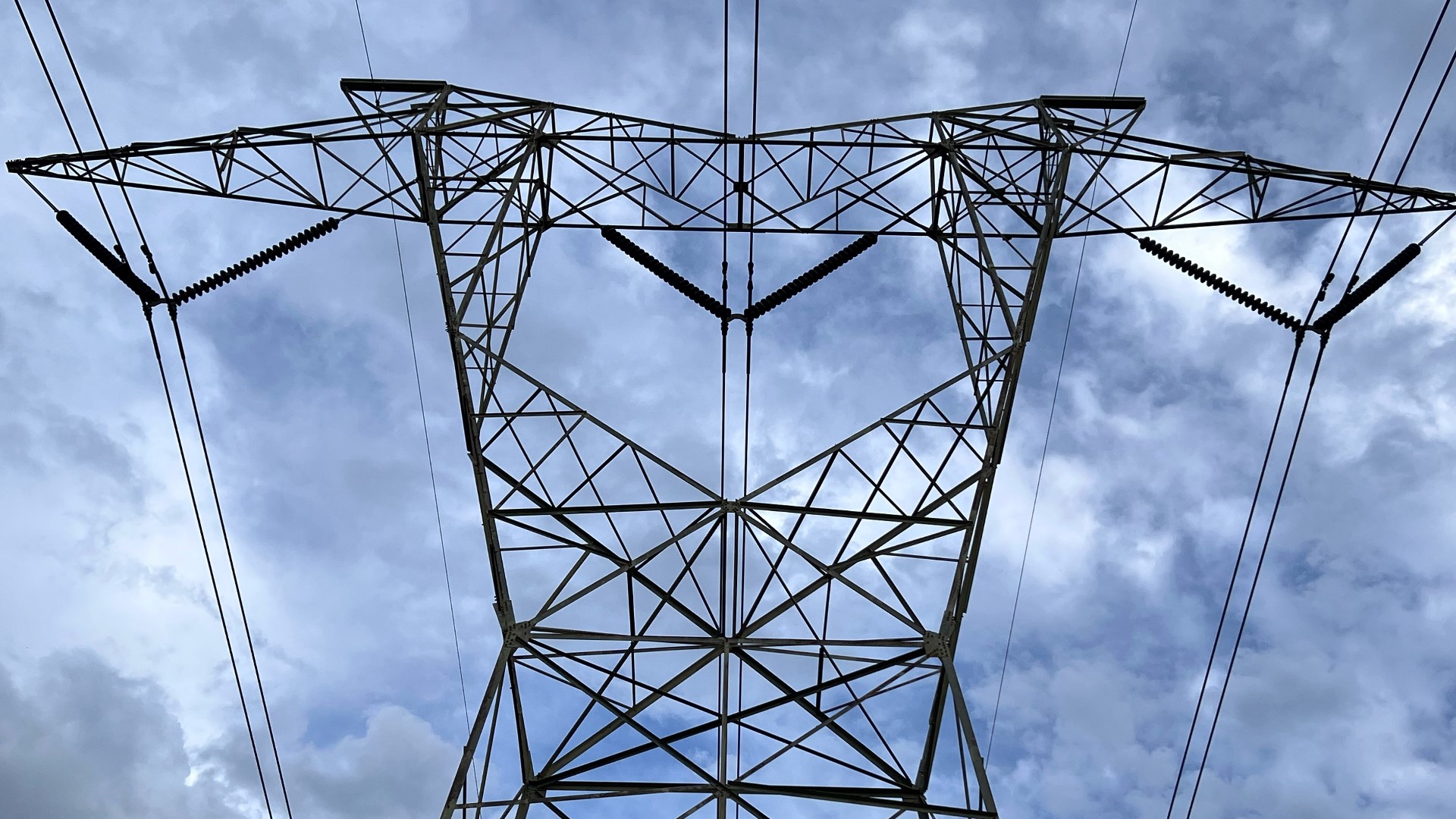PENNSYLVANIA, USA — America’s electrical grid of more than 600,000 miles of transmission lines, the vast majority of which are overhead, might be one of the last things you notice on your daily commute.
It's not as easy to ignore when your power is out.
With hundreds of thousands of people still without power in Puerto Rico after Hurricane Fiona ripped through the island last week, it’s reignited the question here at home: "Why can’t we just bury power lines?"
Multiple electric companies say that isn’t as simple as flipping a switch.
"It's very costly," PPL Regional Affairs Director Tracie Witter said. "It's about eight times more expensive for underground wires, as opposed to above-ground service."
Local energy providers say the price increase would ultimately fall onto customers.
"It would not be feasible for customers. Customers are already having a hard time paying bills," First Energy spokesperson Todd Myers said. "Add a couple hundred dollars a month for years to come and it would be untenable.”
Placing power lines underground would also make routine maintenance more difficult.
"If there is a problem on the line, it takes our team a lot longer to find where the fault is," Witter said. "And with that, our customers are without power longer."
Both Witter and Myers say investing in new technology to bolster the existing overhead grid is more realistic.
“Smart Grid devices are actually [computer] devices on our lines. They detect an outage automatically and reroute power through another source," Witter said.
“Those are the types of more cost-effective and efficient things that we can do with our dollars and you know, spend that money more wisely so we can all afford our electricity," Myers said.
What is Smart Grid Technology?
The U.S. Department of Energy's website SmartGrid.gov outlines Smart Grid devices as "digital technology that allows for two-way communication between the utility and its customers."
Aside from faster restoration of electricity after power disturbances and reduced costs for electric providers, the new technology includes:
- Reduced peak demand, which will also help lower electricity rates
- Increased integration of large-scale renewable energy systems
- Better integration of customer-owner power generation systems, including renewable energy systems
- Improved security
According to PPL's website, Smart Grid devices have prevented more than a million customer outages since 2015.

